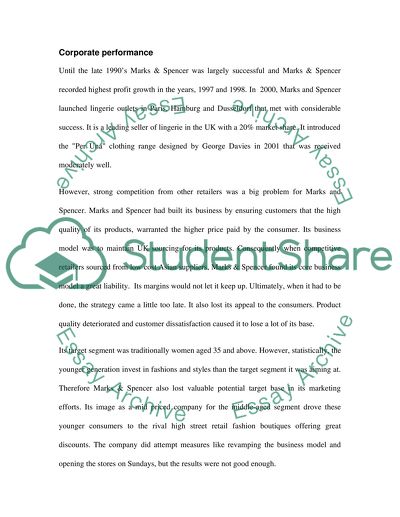Cite this document
(“Retail Marketing (Marks & Spencer) Case Study Example | Topics and Well Written Essays - 3000 words”, n.d.)
Retail Marketing (Marks & Spencer) Case Study Example | Topics and Well Written Essays - 3000 words. Retrieved from https://studentshare.org/miscellaneous/1521991-retail-marketing-marks-spencer
Retail Marketing (Marks & Spencer) Case Study Example | Topics and Well Written Essays - 3000 words. Retrieved from https://studentshare.org/miscellaneous/1521991-retail-marketing-marks-spencer
(Retail Marketing (Marks & Spencer) Case Study Example | Topics and Well Written Essays - 3000 Words)
Retail Marketing (Marks & Spencer) Case Study Example | Topics and Well Written Essays - 3000 Words. https://studentshare.org/miscellaneous/1521991-retail-marketing-marks-spencer.
Retail Marketing (Marks & Spencer) Case Study Example | Topics and Well Written Essays - 3000 Words. https://studentshare.org/miscellaneous/1521991-retail-marketing-marks-spencer.
“Retail Marketing (Marks & Spencer) Case Study Example | Topics and Well Written Essays - 3000 Words”, n.d. https://studentshare.org/miscellaneous/1521991-retail-marketing-marks-spencer.


